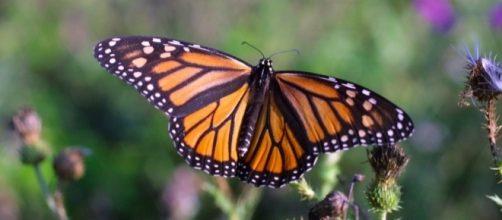Many of us can remember learning about the Monarch Butterfly in elementary school. We were all taught the colors of the caterpillars and where to find the precious milkweed plants that they feed on. Unfortunately, over the past few decades, there has been a large decline in the population of monarch butterflies on the West Coast. Scientists believe that the West Coast population faces extinction unless changes are made.
Facing the facts
Due to late development of statistical models, it has been hard for scientists to study the decline in populations of the monarch butterfly on the West Coast.
It has been discovered that the population of these butterflies has dropped more than 90% since the 1980s. The population has gone from 10 million to about 300,000. This has been such a drastic change that the U.S. Fish and Wildlife Service is considering enacting endangered species protections for the monarch butterfly.
The best way to save these butterflies is to act in order to save them. In large, the many reasons for their decline in population is due to humans. Many scientists believe that destruction of habitats and forests, changes due to climate change, and the use of pesticides used to kill milkweed plants and other native vegetation. Without more environmental regulations, it will be very hard to keep the monarch population of the West Coast from becoming extinct.
The best way to help
Monarch butterflies have always been viewed as interesting and largely studied throughout the world, so it would be a shame to see any part of their population become extinct. However, it can be hard to pass environmental regulations within the government. Luckily, there are many things that we can do to help these butterflies survive.
One of the best ways to help is to grow plants for the caterpillars. Monarch butterflies will only lay their eggs on milkweed plants because that is the only plant that the caterpillar will eat. It's also important to grow flowers for nectar. These creatures love plants in the sunflower family. You can also be sure to keep places for the butterflies to rest.
Placing large, flat rocks in places where they will absorb sunlight can help, as these butterflies can't fly when they are cold. They also enjoy shrubs and leaves to rest on. If you're a heavy gardener, it's important to remember to watch what pesticides you use in your garden. Always research before you decide to spray your plants down with chemicals!
If you don't find yourself as much of a gardener or don't have the space to plant plants, you can always advocate for these creatures in your community. There are many organizations out there that share the goal of saving the monarch butterflies!


